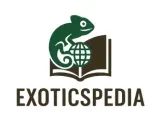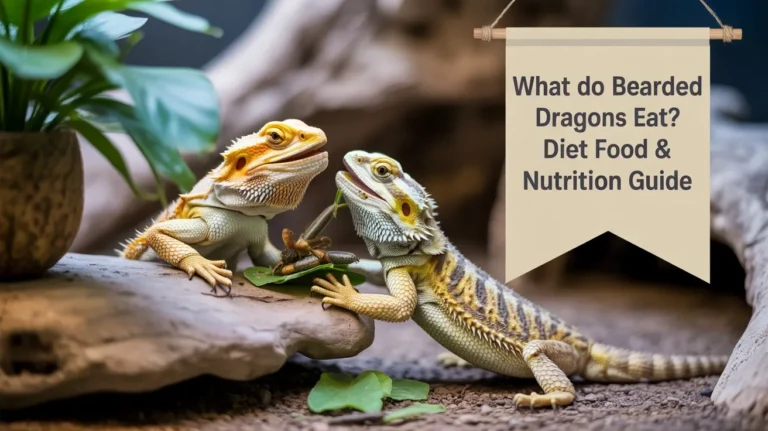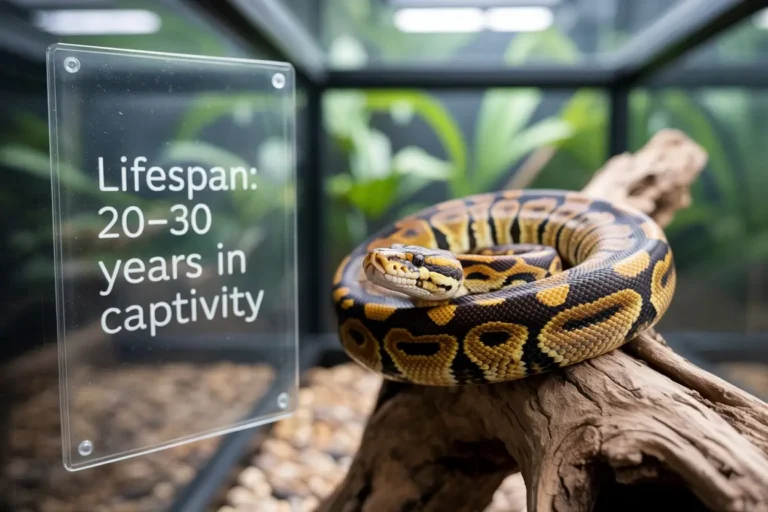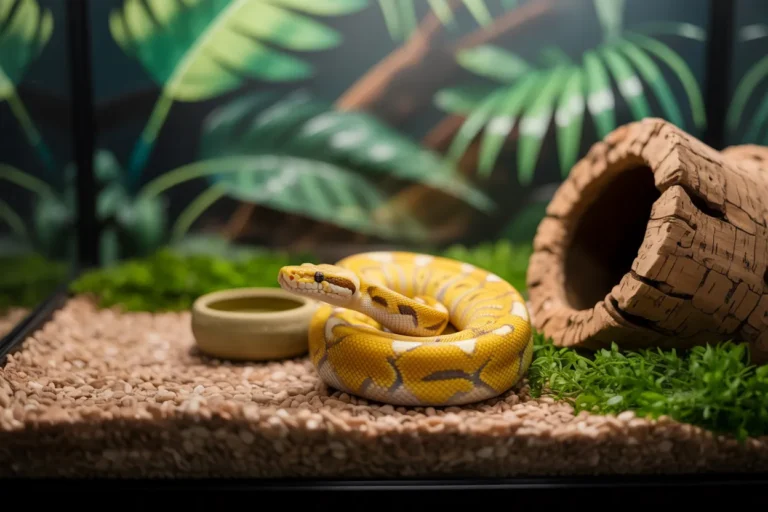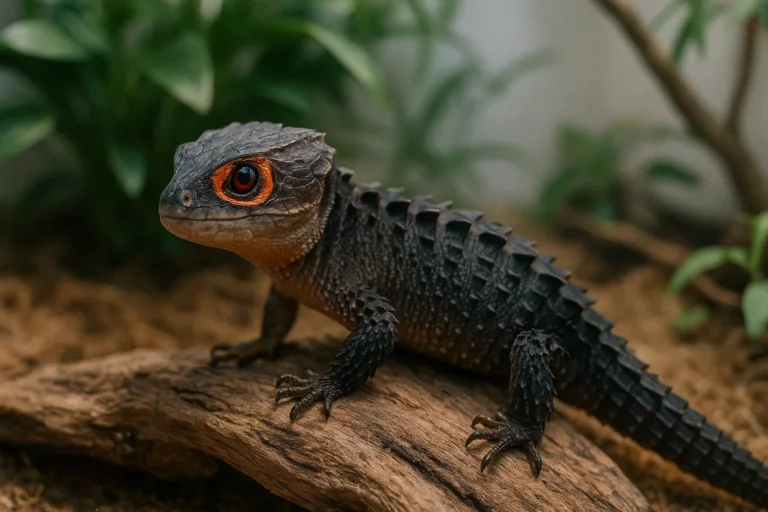Chameleon Diet: What Do Chameleons Eat & How to Feed Them
Chameleons are fascinating reptiles, admired for their unique color-changing abilities and independent eye movements. However, to ensure their health and longevity, it’s essential to feed them the right diet. A balanced diet not only supports their growth and activity but also helps prevent various health issues. In this guide, we’ll explore everything you need to know about a chameleon’s diet, from their natural food sources to what they need in captivity, and even hydration tips.
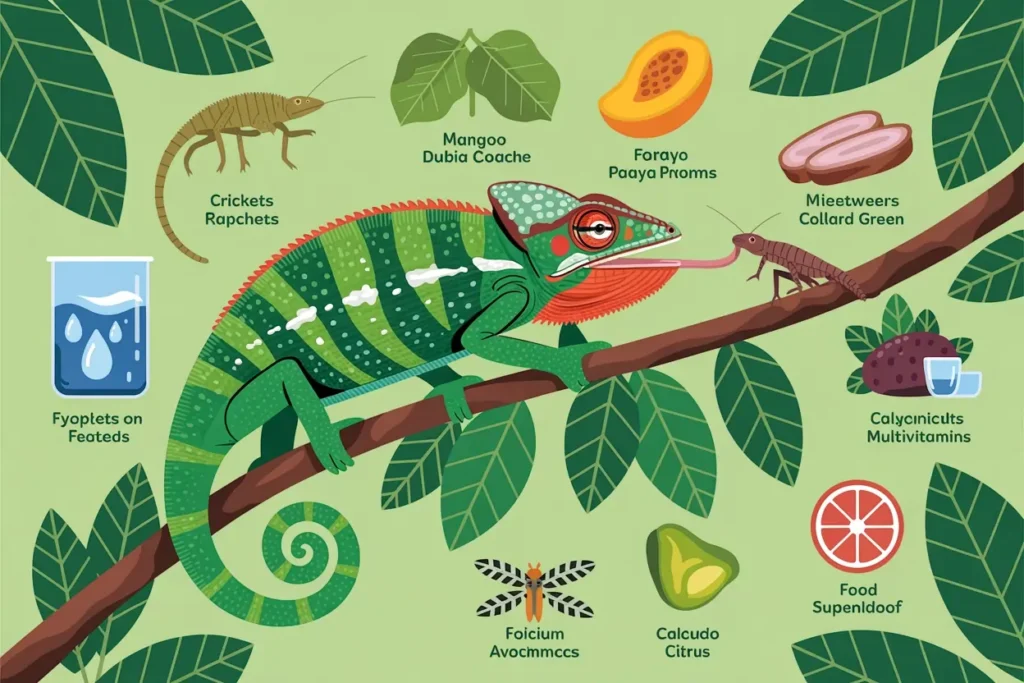
What Do Chameleons Eat in the Wild?
In their natural habitat, chameleons are primarily insectivores, meaning they mainly eat insects. Some larger species may hunt small birds or lizards, while a few might occasionally consume fruits or leaves. The food they eat provides the essential nutrients they need to thrive in the wild.
Wild Chameleon Diet Includes:
- Crickets
- Grasshoppers
- Caterpillars
- Flies and Moths
- Beetles and Butterflies
- Small Lizards (for larger species)
- Plant Matter (rarely)
This diverse diet keeps them active and supports their natural behaviors like hunting and climbing.
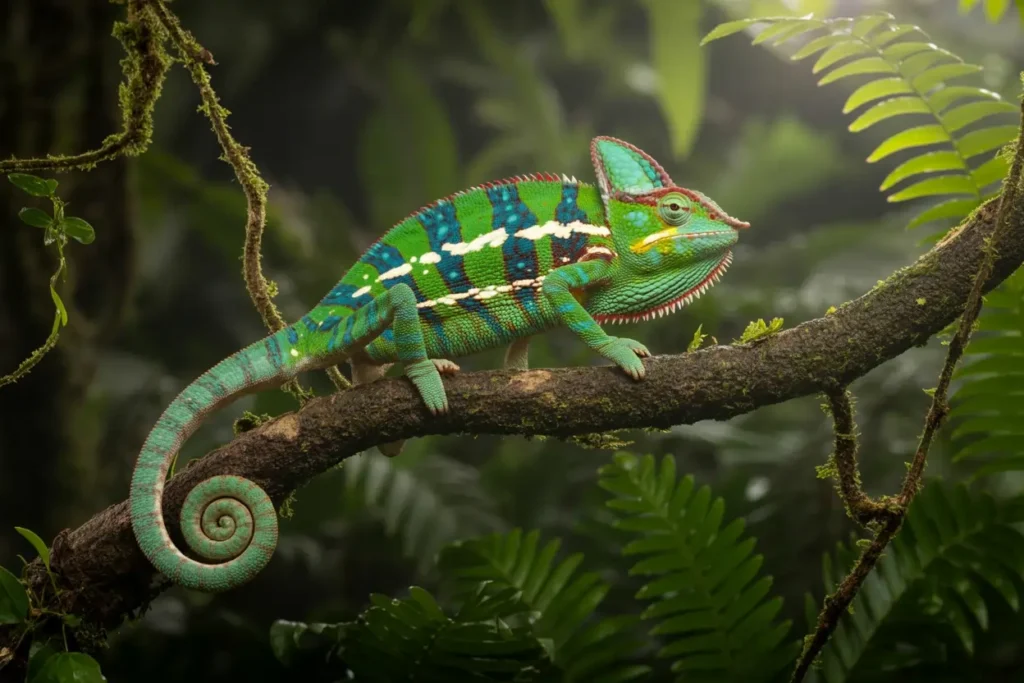
What Do Chameleons Eat in Captivity?
When kept as pets, chameleons need a carefully curated diet that mimics their wild food sources. Offering them a variety of feeder insects ensures they get the right mix of protein and nutrients. Here are some common feeder insects for chameleons:
Common Feeder Insects:
- Crickets – A staple protein source.
- Dubia Roaches – A nutritious alternative with more protein than crickets.
- Mealworms – Can be given occasionally due to their hard shells.
- Superworms – Larger than mealworms; feed sparingly.
- Silkworms – Soft-bodied and high in calcium.
- Hornworms – Excellent for hydration and digestion.
- Waxworms – High in fat, should only be a treat.
- Black Soldier Fly Larvae (BSFL) – Excellent source of calcium.
Occasional Treats:
- Moths, flies, or butterflies (store-bought or raised)
- Small pinky mice (only for large species like Panther or Veiled Chameleons)
Can Chameleons Eat Fruits and Vegetables?
Yes, some chameleon species, such as the Veiled Chameleon, enjoy fruits and leafy greens. However, not all chameleons will accept plant matter, so it’s important to offer these items sparingly.
Safe Fruits for Chameleons:
- Mango
- Papaya
- Apples (without seeds)
- Berries (strawberries, blueberries)
- Pear
- Melon
Safe Vegetables and Greens:
- Collard greens
- Mustard greens
- Dandelion leaves
- Butternut squash
- Zucchini
Important Tips:
- Always wash fruits and veggies before offering them.
- Cut them into small pieces.
- Offer fruits and vegetables occasionally, not as the main diet.
- Avoid feeding citrus fruits or avocado, as they can be harmful.
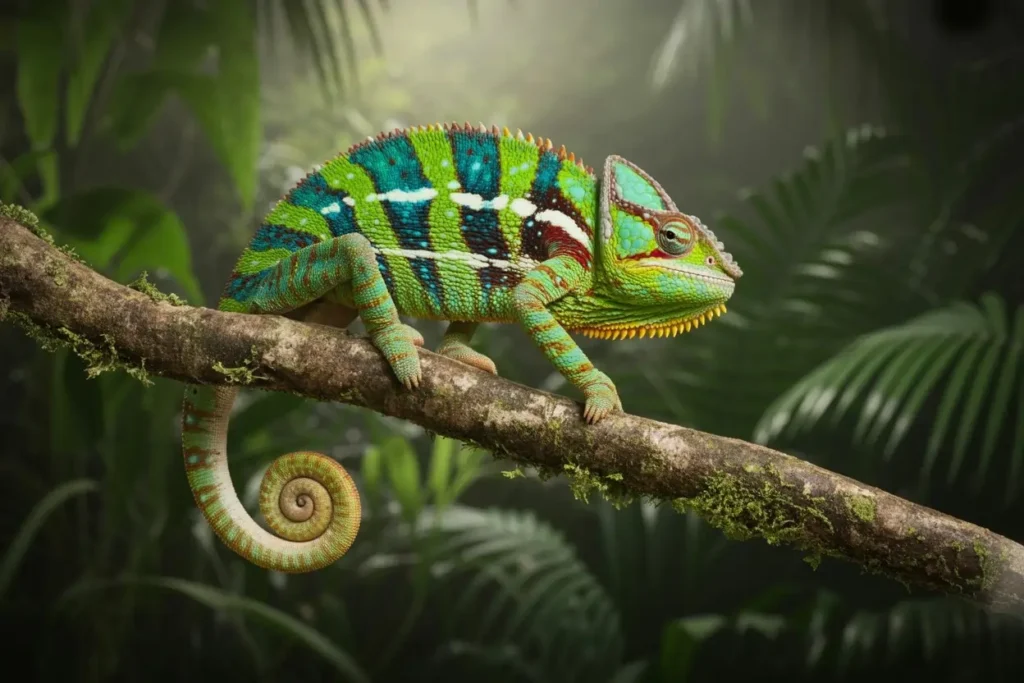
How Often Should You Feed a Chameleon?
Feeding frequency depends on the chameleon’s age and species. Here’s a general guide:
Feeding Schedule by Age:
- Baby (0-6 months): Feed 2-3 times a day for growth and high protein intake.
- Juvenile (6-12 months): Once daily for balanced nutrition.
- Adult (1+ year): Every other day or daily, depending on their size and activity.
Feeding Tips:
- Only offer what they can eat in 10-15 minutes.
- Remove uneaten insects to prevent stress or injury.
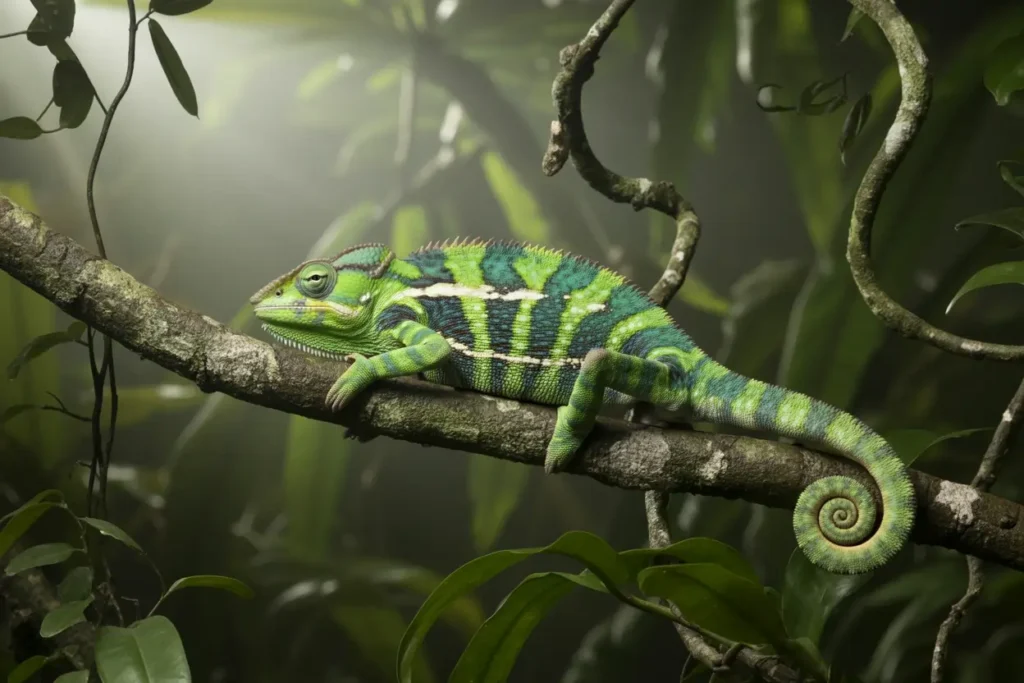
Gut-Loading & Supplementing the Diet
Chameleons require extra vitamins and minerals, especially calcium and vitamin D3. Feeder insects need to be “gut-loaded” (fed nutritious food) before feeding them to your chameleon.
Gut-Loading: Feed insects a nutritious diet, such as leafy greens, sweet potato, or commercial gut-load products, 24 hours before offering them to your chameleon.
Supplements:
- Calcium (without D3): 3-4 times per week.
- Calcium with D3: Once per week.
- Multivitamin: Once every two weeks.
Lightly dust insects with supplements before feeding. Avoid over-supplementing.
How to Feed a Chameleon: Best Practices
Feeding your chameleon the right way is crucial to their health. Here are some tips:
- Feeding Cup: Use a feeding cup to track intake.
- Free-Roaming Insects: Let some insects roam freely for mental stimulation.
- Hand Feeding: Builds trust with your chameleon.
- Proper Insect Size: Make sure insects are no larger than the space between their eyes.
- Feed Early: Offer food early in the day when they are most active.
What Foods to Avoid
Certain foods are harmful or toxic to chameleons and should be avoided:
- Fireflies (toxic)
- Wild-Caught Insects (may carry pesticides or parasites)
- Hard-Shelled Bugs (can cause impaction)
- Avocado, Rhubarb, Spinach (toxic or high in oxalates)
- Citrus Fruits (too acidic)
- Overuse of Waxworms or Pinky Mice (too fatty)
Hydration: Do Chameleons Drink Water?
Chameleons do not drink water from a bowl. Instead, they drink droplets of water from leaves or branches. To keep your chameleon hydrated, follow these tips:
- Mist the enclosure 2-3 times a day.
- Use a dripper system or automatic misting system.
- Watch for signs of dehydration, such as sunken eyes or dry skin.
Hydrating Foods: Hornworms and fruits can also help with hydration.
Signs of a Healthy Diet
A chameleon that is eating well will show the following signs:
- Bright, alert eyes
- Active climbing and hunting behavior
- Firm, well-formed poop
- Healthy, strong limbs
- Bright and natural coloration
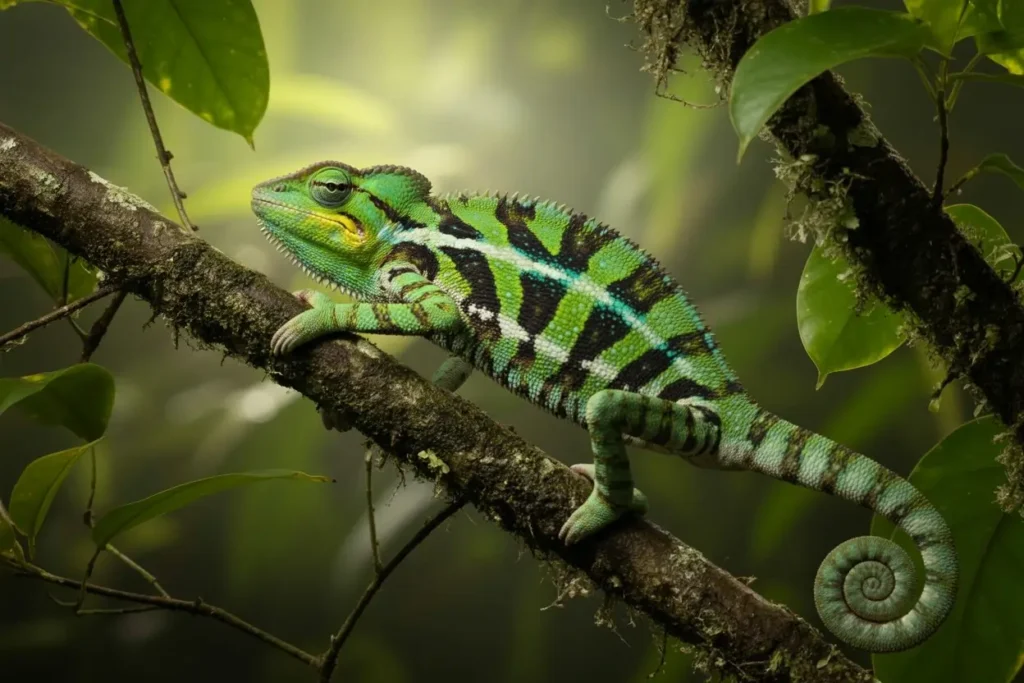
Conclusion
Feeding your chameleon the proper diet is essential to their health and well-being. Offering a variety of live insects, occasional fruits and vegetables, and the right supplements will help your chameleon thrive. Always monitor their behavior for signs of dietary issues and adjust their food intake as they grow. With the right care, your chameleon will lead a long, healthy life.
